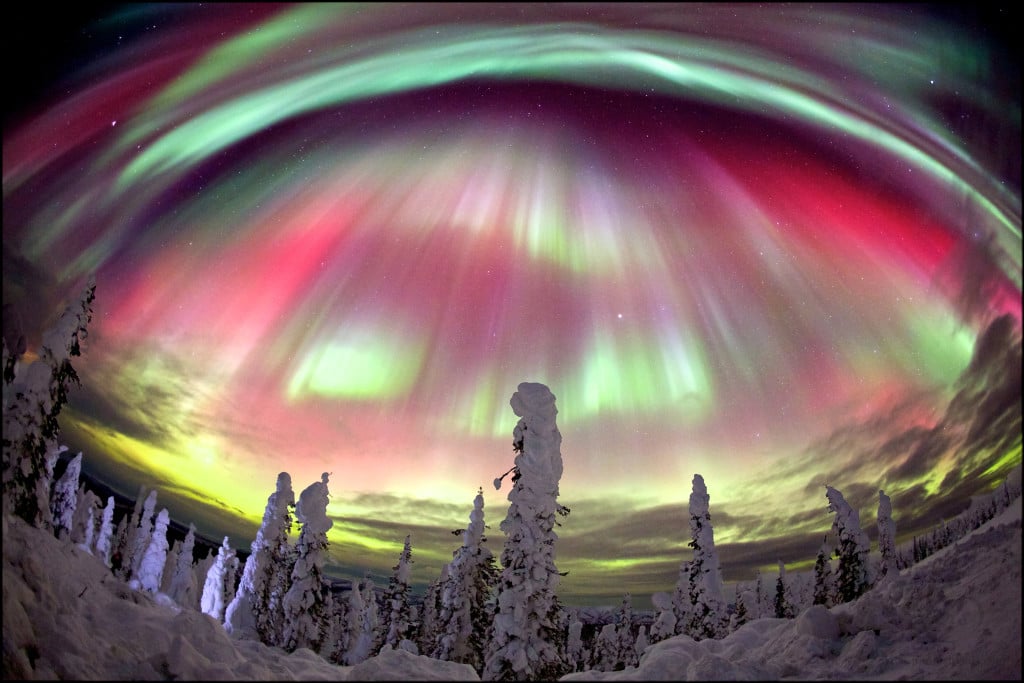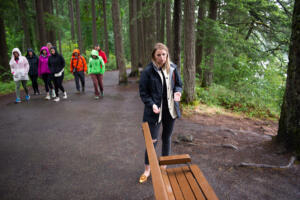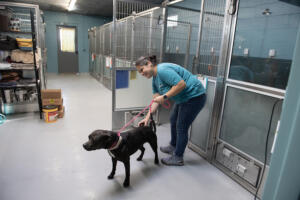A trip to Fairbanks, Alaska, 25 years in the making, turned into the experience of a lifetime for a Camas woman.
Seeing the Northern Lights, and capturing them on film had been on photographer Lois Settlemeyer’s “bucket list” for more than two decades when she finally pulled the trigger and scheduled the trip in the spring.





